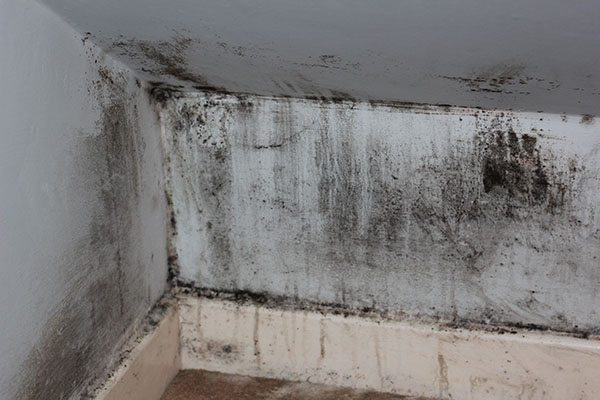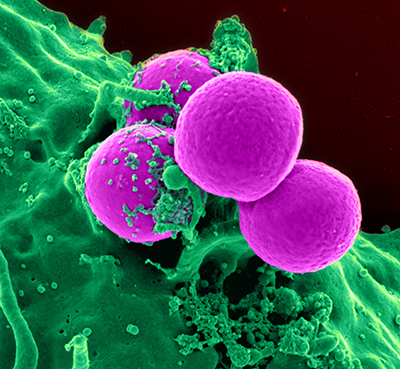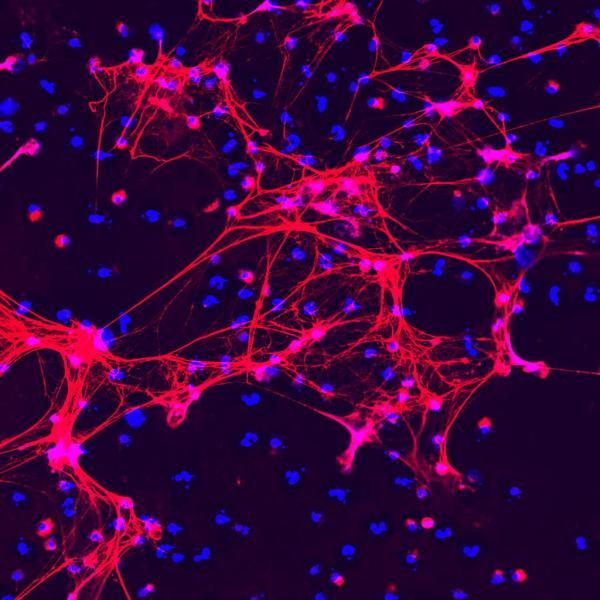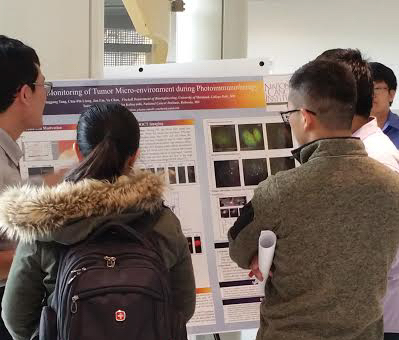Mold Exposure Sets Stage for Severe Flu
Mouse Study Suggests Common Fungus Could Worsen Respiratory Infections
Throughout the COVID-19 pandemic, both scientists and the media have focused on the factors that influence who experiences mild symptoms or none at all and who faces potentially life-threatening consequences from the disease. Other respiratory viruses like the flu also have widely varying effects on different patients. New IRP research has found that exposure to a common variety of mold primes the immune system to overreact to the flu virus, dramatically increasing the illness’s severity.




